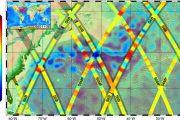
Copernical Team
NASA's Perseverance captures challenging flight by Mars Helicopter
 Video footage from NASA's Perseverance Mars rover of the Ingenuity Mars Helicopter's 13th flight on Sept. 4 provides the most detailed look yet of the rotorcraft in action.
Ingenuity is currently prepping for its 16th flight, scheduled to take place no earlier than Saturday, Nov. 20, but the 160.5-second Flight 13 stands out as one of Ingenuity's most complicated.
It involved flying
Video footage from NASA's Perseverance Mars rover of the Ingenuity Mars Helicopter's 13th flight on Sept. 4 provides the most detailed look yet of the rotorcraft in action.
Ingenuity is currently prepping for its 16th flight, scheduled to take place no earlier than Saturday, Nov. 20, but the 160.5-second Flight 13 stands out as one of Ingenuity's most complicated.
It involved flying Crew operations aboard Space Station return to normal
 NASA and U.S. Space Command continue to monitor the debris cloud created by a recent Russian anti-satellite test. The International Space Station and crew members are safe and have resumed normal operations.
The largest risk from the debris was in the first 24 hours and telemetry from the space station indicates no issues during that time. About 1:20 a.m. EST today, radial hatches extendin
NASA and U.S. Space Command continue to monitor the debris cloud created by a recent Russian anti-satellite test. The International Space Station and crew members are safe and have resumed normal operations.
The largest risk from the debris was in the first 24 hours and telemetry from the space station indicates no issues during that time. About 1:20 a.m. EST today, radial hatches extendin Rocket Lab launches 107th satellite; Tests helicopter recovery operations
 Rocket Lab has successfully deployed two satellites to orbit for real-time geospatial monitoring company BlackSky. Rocket Lab also successfully introduced helicopter operations to a recovery mission for the first time, using a helicopter to observe and track the Electron rocket's first stage as it descended to Earth under parachute as part of the company's program to make Electron the world's fi
Rocket Lab has successfully deployed two satellites to orbit for real-time geospatial monitoring company BlackSky. Rocket Lab also successfully introduced helicopter operations to a recovery mission for the first time, using a helicopter to observe and track the Electron rocket's first stage as it descended to Earth under parachute as part of the company's program to make Electron the world's fi Earth from Space: Kuala Lumpur, Malaysia
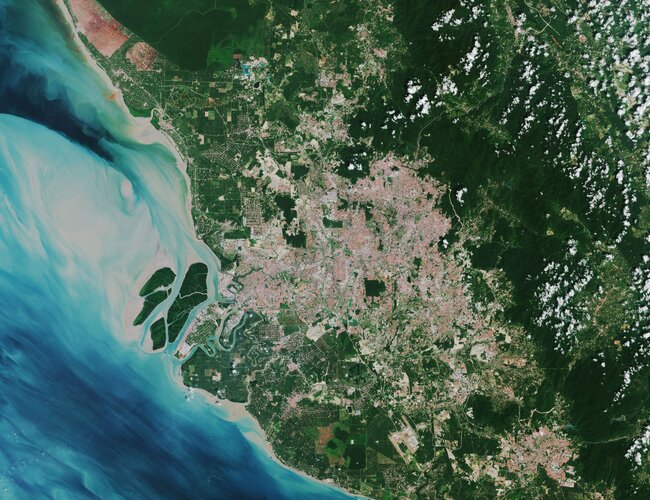
Kuala Lumpur, the capital city of Malaysia, is featured in this image captured by the Copernicus Sentinel-2 mission.
Moonshot: Japan recruits first new astronauts in 13 years

It's one small step for Japan, but one giant opportunity for would-be space cadets: the country is recruiting new astronauts for the first time in over a decade and applicants no longer have to hold a science degree.
Women are strongly encouraged to put themselves forward for the job, the Japan Aerospace Exploration Agency (JAXA) said, as all seven of the nation's current astronauts are men.
Successful applicants, who must be Japanese, will be trained and sent on missions—potentially to the Moon, the Lunar Gateway or the International Space Station.
"We want to establish a (recruiting) system that matches the current time," JAXA's Kazuyoshi Kawasaki said at a media briefing.
"Previously we limited candidates to those with a natural science degree, but many of us agreed to make it not a requirement."
However, written exams will include university-level questions on science, technology, engineering and maths, with the applicants' English ability also tested.
JAXA said it will accept applications between December 20 and March 4—the first time it has offered positions for rookie astronauts in 13 years.
NASA: Space station remains at risk from weapons test debris
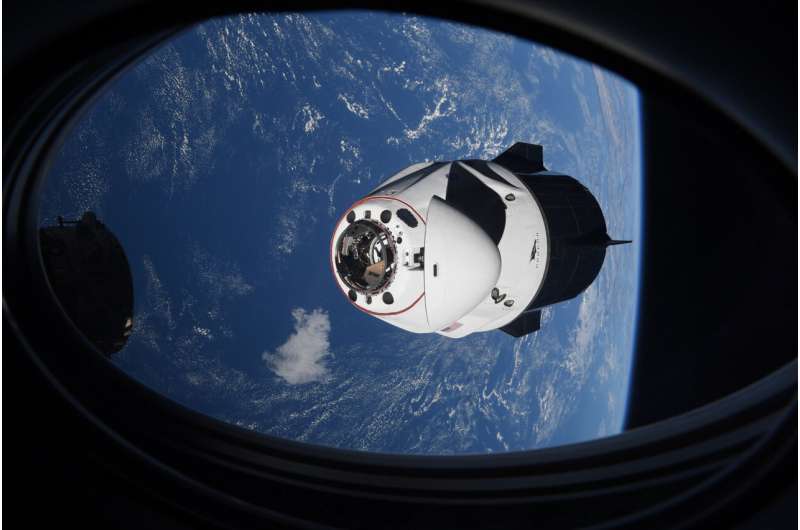
Moon lighting: partial lunar eclipse to be longest since 1440
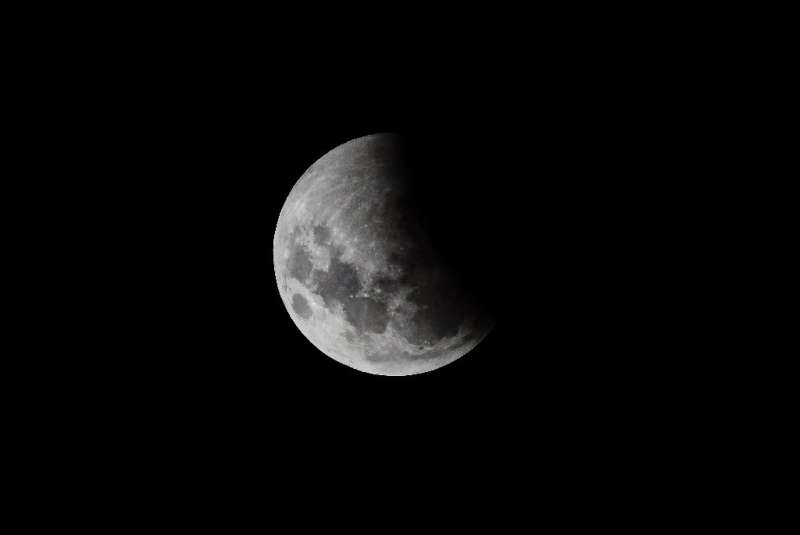
The longest partial lunar eclipse in nearly 600 years, which will bathe the Moon in red, will be visible Thursday and Friday for a big slice of humanity.
The celestial show will see the Moon almost completely cast in shadow as it moves behind the Earth, reddening 99 percent of its face.
The spectacle will be visible for all of North America, as well as parts of South America, Polynesia, Australia and northeast Asia.
Space scientists say sky-watchers in those parts who are blessed with a cloud-free view will see a slight dimming of the Moon from 0602 GMT Friday as it enters Earth's penumbra—the outer shadow.
An hour later it will appear as if someone has taken a giant bite out of the lunar disc as it starts to pass into the umbra—the full shadow.
By 0845 GMT the Moon will appear red, with the most vivid coloring visible at peak eclipse 18 minutes later.
NASA's Laser Communications Relay Demonstration: 6 things you need to know
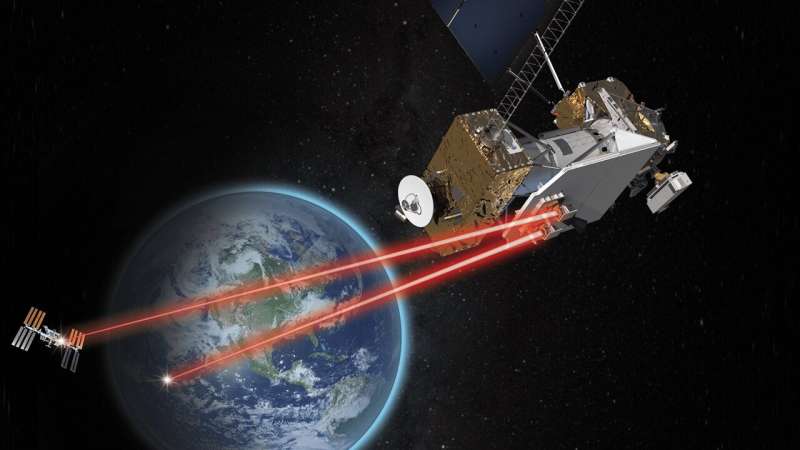
NASA's Laser Communications Relay Demonstration (LCRD) will use laser communications systems to transmit data from space to Earth. Below are six things you need to know about NASA's revolutionary LCRD mission.
1. Laser communications will transform how NASA gets info to and from space
Since the dawn of space exploration, NASA has used radio frequency systems to communicate with astronauts and spacecraft. However, as space missions generate and collect more data, the need for enhanced communications capabilities increases. LCRD leverages the power of laser communications, which uses infrared light rather than radio waves, to encode and transmit information to and from Earth.
Both radio waves and laser infrared light waves are forms of electromagnetic radiation with wavelengths at different points on the spectrum. Missions encode their scientific data onto the electromagnetic signals to send back to Earth.
The infrared light used for laser communications differs from radio waves because it occurs at a much higher frequency, allowing engineers to pack more data into each transmission.
Solar Orbiter’s riskiest flyby
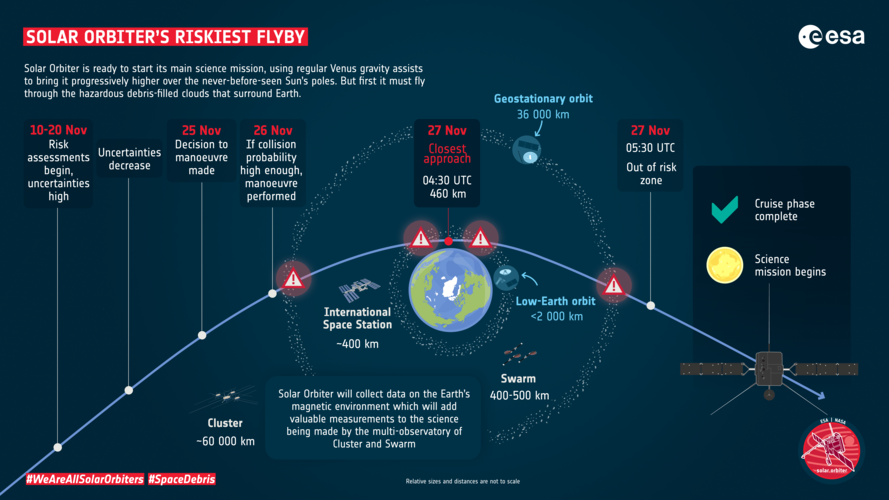 Image:
Solar Orbiter’s riskiest flyby
Image:
Solar Orbiter’s riskiest flyby Transform our inventions into commercial applications

ESA develops a vast array of innovative technologies and applications to make Europe's space endeavours happen. Many of these inventions are protected by patents, resulting in a portfolio of around 580 patents or patent applications. ESA is now offering you the opportunity to find and mature real-world applications of these inventions.

























